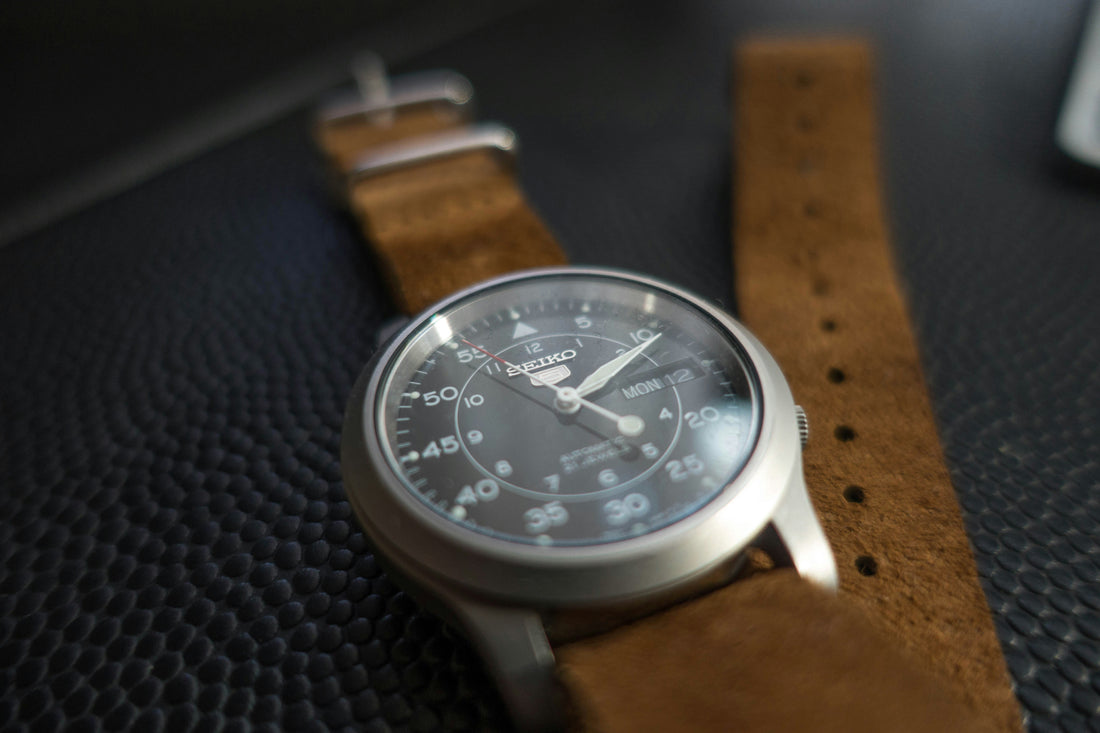Selecting the perfect watch winder from the myriad of price ranges and designs available can be daunting. Here, we've compiled several key considerations to help guide your choice, ensuring you find a watch winder that aligns with your needs and preferences.
Choosing the Right Watch Winder: A Guide
1. Quality Matters:
The quality of a watch winder is influenced by the materials used and the manufacturing process. Durability, lifespan, motor noise, and magnetization concerns are all affected by the quality of construction. Look for winders with strong, reliable motors capable of supporting even the heaviest watches and ensuring long-term, stable operation. Quality materials, such as robust metals, plastics, or carbon, contribute to the winder's durability. Additionally, choosing a product that utilizes reputable components and is crafted with care by skilled technicians can significantly enhance its performance and aesthetic appeal.
2. Rotation Direction:
Winders typically offer clockwise (CW), counter-clockwise (CCW), and bi-directional (BOTH) rotation settings. Since the optimal winding direction varies by watch brand and model, identifying your watch's requirements is crucial. Models that can adapt their rotation patterns to suit all watches are popular, but constant unidirectional movement can strain the watch's movement.
3. Capacity:
The number of watches a winder can accommodate at once varies widely. While having the capacity to wind multiple watches simultaneously is convenient, consider your collection size and usage habits when choosing.
4. Price Range:
Watch winders' prices can vary greatly, often reflecting the quality. While lower-priced models may cut costs in production, ensuring your key benefits are covered is important. Mid-range products may provide a good balance of quality, functionality, and design, and the satisfactory level will depend on fair pricing. High-end models, including those manufactured in Europe, can offer additional value in terms of brand, design, and luxury appeal.
5. Design:
Winders range from simple cases to those with mechanical and unique designs. Choose a design that enhances your collection's beauty and matches your personal taste. Consider how the winder's look, size, and materials will fit with your space and decor.
6. Quiet Operation:
Since winders are commonly used in bedrooms or offices, choosing a model designed to minimize noise is crucial. Quality motors and gears that operate quietly can make a significant difference in your daily comfort and the winder's discretion.
7. Magnetic Shielding:
Automatic watches can be sensitive to magnetic fields, so selecting a winder with effective magnetic shielding is wise. Quality winders often ensure a safe distance between the motor and the watch, incorporating design elements to block magnetic fields.
8. Timer Function:
Automatic watches vary in their ideal daily rotations. A timer function allows you to set appropriate winding periods, preventing over-winding. Additionally, the ability to schedule operation times adds convenience, ensuring your watch is maintained without constant attention.
9. Aftercare Support:
The availability of aftercare services is essential, especially given the common concerns about winders' durability and repairability. Opting for a trusted manufacturer known for high-quality products and offering warranty and post-warranty services provides peace of mind.
10. Power Source:
Winders are powered either by an electrical outlet or batteries. Outlet-powered models offer stable energy supply, while battery-powered options provide flexibility in placement but may require more maintenance and offer less power.
By considering these factors―quality, rotation direction, capacity, price, design, noise level, magnetic shielding, timer function, aftercare support, and power source―you can select a watch winder that not only meets your functional requirements but also complements your lifestyle and collection.





